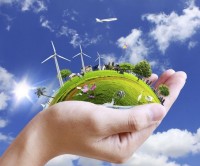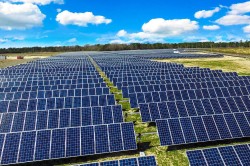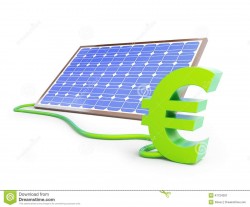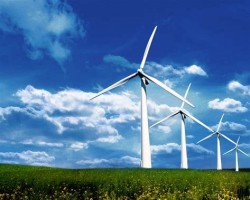Solar and wind power
Green energy defined
Green energy comes from natural sources such as sunlight, wind, rain, tides, plants, algae and geothermal heat. These energy resources are renewable, meaning they're naturally replenished. In contrast, fossil fuels are a finite resource that take millions of years to develop and will continue to diminish with use.
Renewable energy sources also have a much smaller impact on the environment than fossil fuels, which produce pollutants such as greenhouse gases as a by-product, contributing to climate change. Gaining access to fossil fuels typically requires either mining or drilling deep into the earth, often in ecologically sensitive locations.
Green energy, however, utilizes energy sources that are readily available all over the world, including in rural and remote areas that don't otherwise have access to electricity. Advances in renewable energy technologies have lowered the cost of solar panels, wind turbines and other sources of green energy, placing the ability to produce electricity in the hands of the people rather than those of oil, gas, coal and utility companies.
Green energy can replace fossil fuels in all major areas of use including electricity, water and space heating and fuel for motor vehicles.
Types of green energy
Research into renewable, non-polluting energy sources is advancing at such a fast pace, it's hard to keep track of the many types of green energy that are now in development. Here are 6 of the most common types of green energy:
Solar power - The most prevalent type of renewable energy, solar power is typically produced using photovoltaic cells, which capture sunlight and turn it into electricity. Solar energy is also used to heat buildings and water, provide natural lighting and cook food. Solar technologies have become inexpensive enough to power everything from small hand-held gadgets to entire neighborhoods.
Wind power - Air flow on the earth's surface can be used to push turbines, with stronger winds producing more energy. High-altitude sites and areas just offshore tend to provide the best conditions for capturing the strongest winds. According to a 2009 study, a network of land-based, 2.5-megawatt wind turbines in rural areas operating at just 20% of their rated capacity could supply 40 times the current worldwide consumption of energy.





